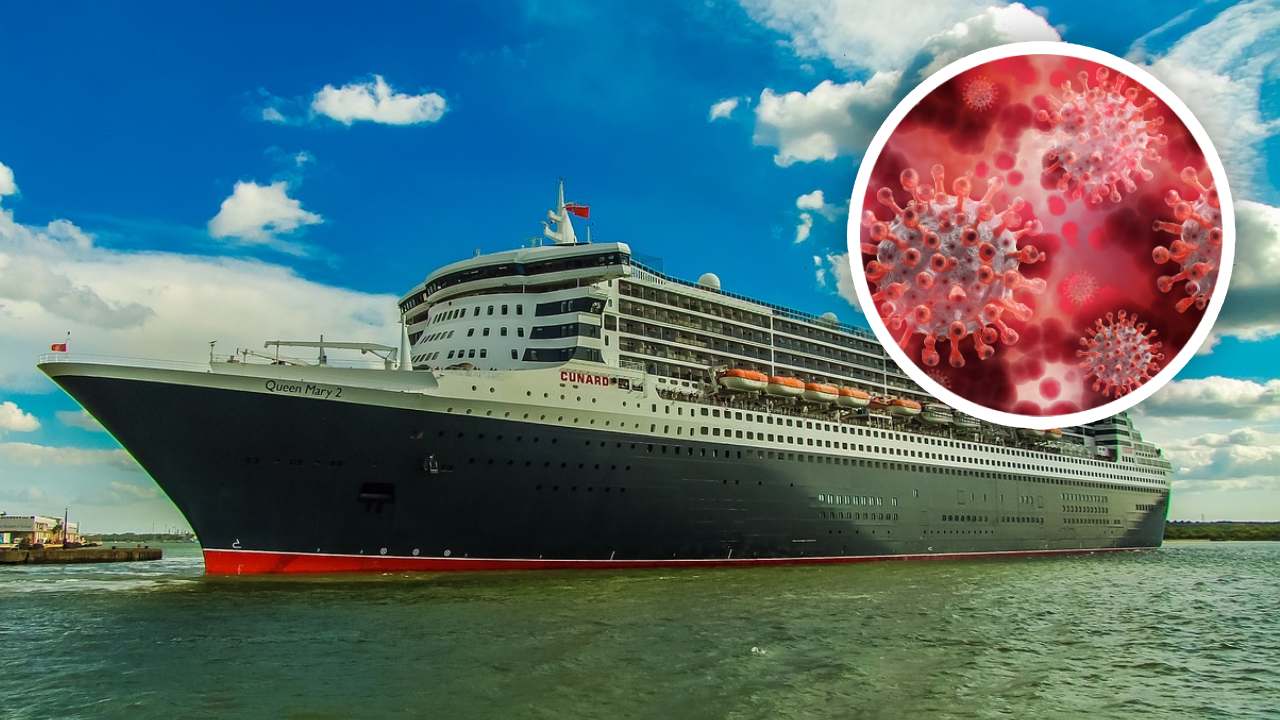Cruise Ships Face Rise in Norovirus Outbreaks as Cases Climb in 2025
Amid a resurgence of onboard outbreaks in 2025, cruise operators and health officials are intensifying sanitation and monitoring as norovirus drives increased illness reports at sea.

Public health data indicate a notable surge in gastrointestinal illness outbreaks aboard cruise ships in 2025, with the Centers for Disease Control and Prevention (CDC) logging 16 incidents so far. Norovirus remains the primary suspect in many of these cases, with reports varying between 10 and 12 confirmed outbreaks attributed to the virus. The uptick threatens to surpass pre-pandemic figures and could exceed the annual total of 18 outbreaks recorded in 2024.
Major Vessel Cases
Cunard’s Queen Mary 2 has faced one of the most significant outbreaks this year, with more than 240 passengers and crew reporting symptoms including vomiting and diarrhea on a transatlantic and Caribbean itinerary from Southampton. Cunard responded by launching enhanced cleaning and disinfection protocols, along with isolating affected individuals in an effort to contain the illness.
Holland America Line vessels have also reported outbreaks. On Eurodam, 64 guests exhibited suspected norovirus symptoms, while on Zuiderdam, 55 passengers experienced similar gastrointestinal issues, though the cause remains unidentified. Industry representatives say that while the spike in reported cases is concerning, illness clusters still represent a small fraction of overall passenger voyages.
Factors Contributing to Spread
The confined environment of cruise ships, with shared dining facilities and close living quarters, creates a setting where even a few particles of norovirus can spread quickly. Infectious disease experts note that the virus can persist on surfaces for days, making it challenging to eliminate once introduced. Rapid passenger turnover, coupled with buffet-style dining in some cases, further increases the risk of transmission.
Health officials have also pointed to a new dominant norovirus strain circulating since 2024 to 2025, potentially contributing to higher infection rates both at sea and on land. Passengers aboard affected vessels have reported seeing increased sanitization efforts, staff reminders about hand washing, and changes to self-service dining practices to mitigate future spread.
CDC Response and Industry Measures
The CDC’s Vessel Sanitation Program (VSP) continues to track onboard illness and guide cruise lines on disease control strategies. Although the VSP has experienced federal staffing cuts, monitoring efforts have not ceased, according to public health officials. Recommended practices include early isolation of symptomatic travelers, thorough testing for potential pathogens, and extensive cleaning with bleach-based disinfectants.
Cruise operators have adopted protocols such as deep cleaning, additional crew training, and encouraging quick reporting of symptoms. Cunard Line noted that reported cases on Queen Mary 2 began to subside after implementing enhanced measures, underscoring the role of swift intervention. The Cruise Lines International Association maintains that norovirus occurrences on cruise ships remain relatively uncommon when compared to broader public health statistics.
Impact on the Cruise Industry
While gastrointestinal illness outbreaks had sharply declined in the decade leading up to 2019, pandemic disruptions appear to have reversed that trend. Historical CDC data show that rates of acute gastroenteritis on cruise ships decreased significantly from 2006 to 2019, but have rebounded in 2025. Still, industry stakeholders emphasize that norovirus outbreaks represent only about 1% of all reported incidents globally, reinforcing the need for perspective alongside heightened vigilance.
As the cruise sector strives to balance passenger confidence with rigorous health oversight, travelers continue to be reminded of the importance of thorough hand washing, prompt medical reporting of symptoms, and adherence to onboard health advisories.
Frequently Asked Questions (FAQs)
What is norovirus, and why is it so common on cruise ships?
Norovirus is a highly contagious gastrointestinal virus that spreads through contaminated food, water, surfaces, or close person-to-person contact. Cruise ships, with shared dining areas and enclosed living spaces, present ideal conditions for rapid virus transmission.
How are cruise ships handling norovirus outbreaks?
Vessels implement enhanced disinfection measures, isolate symptomatic passengers and crew, and thoroughly test suspected cases. In collaboration with the CDC’s Vessel Sanitation Program, cruise lines also intensify cleaning protocols, using products specifically designed to eliminate norovirus from surfaces.
Is cruising safe amid the rise in outbreaks?
While outbreaks have increased, health authorities and industry groups note that overall rates of illness on cruise ships remain relatively low compared to land-based settings. Passengers who follow recommended hygiene practices and promptly report any symptoms help reduce further spread.
What steps can passengers take to protect themselves?
Frequent hand washing with soap and water is the most effective safeguard. Passengers should also maintain distance from those who appear ill, avoid sharing food or beverages, and seek medical advice immediately upon experiencing symptoms like vomiting or diarrhea.
Does hand sanitizer protect against norovirus?
Alcohol-based hand sanitizers are less effective against norovirus than soap and water. The CDC advises hand washing for at least 20 seconds, especially before eating and after using the restroom, to prevent infection.




